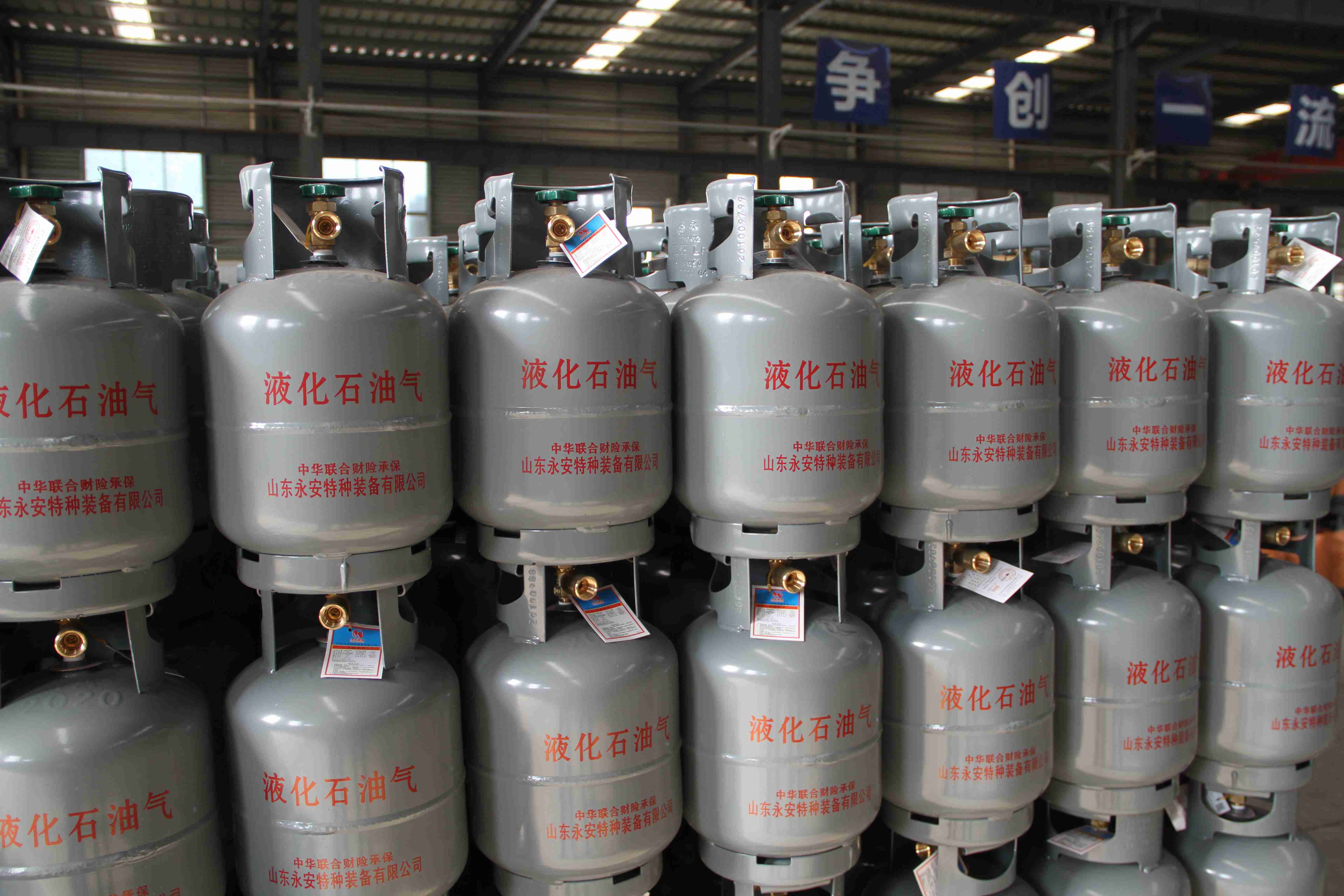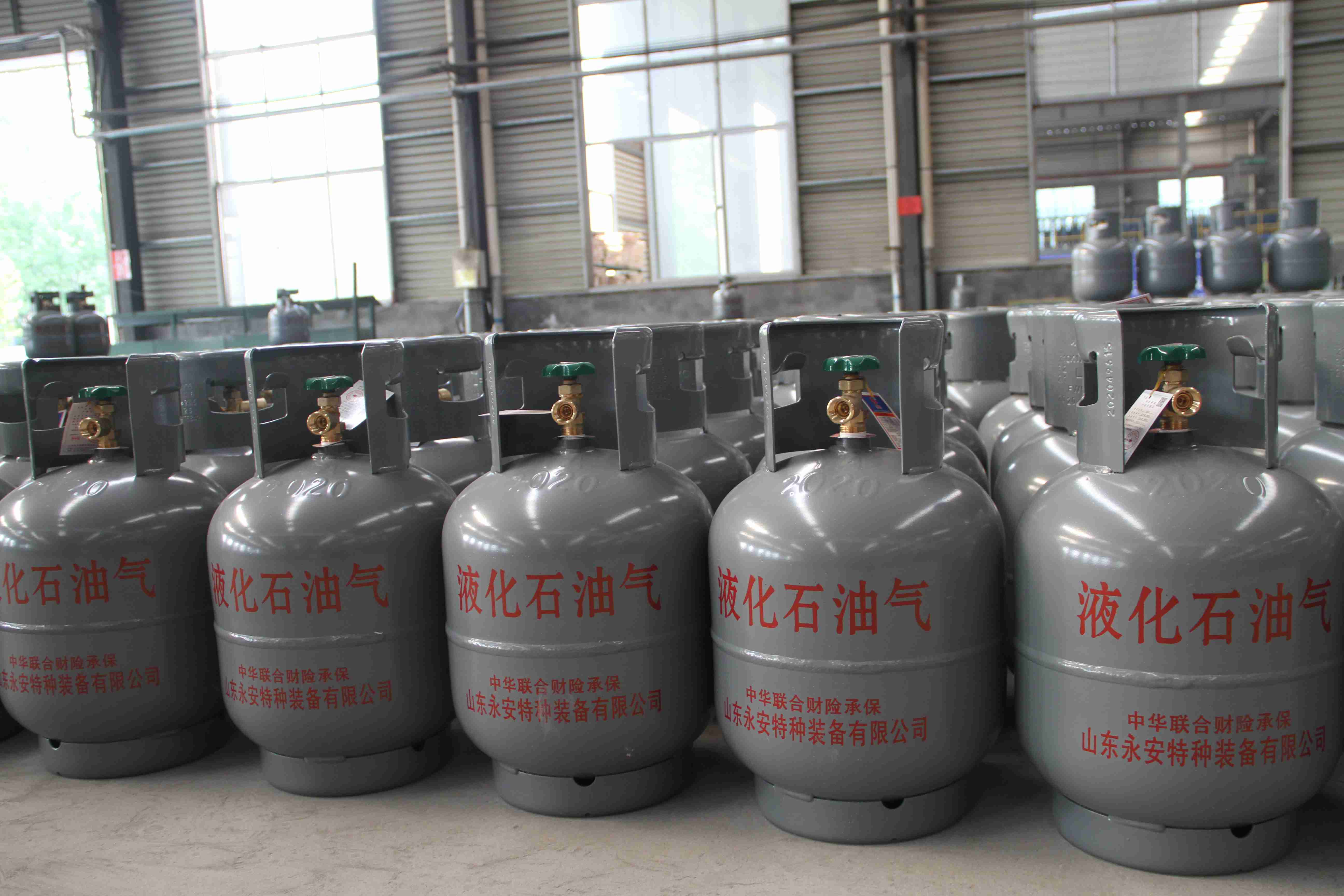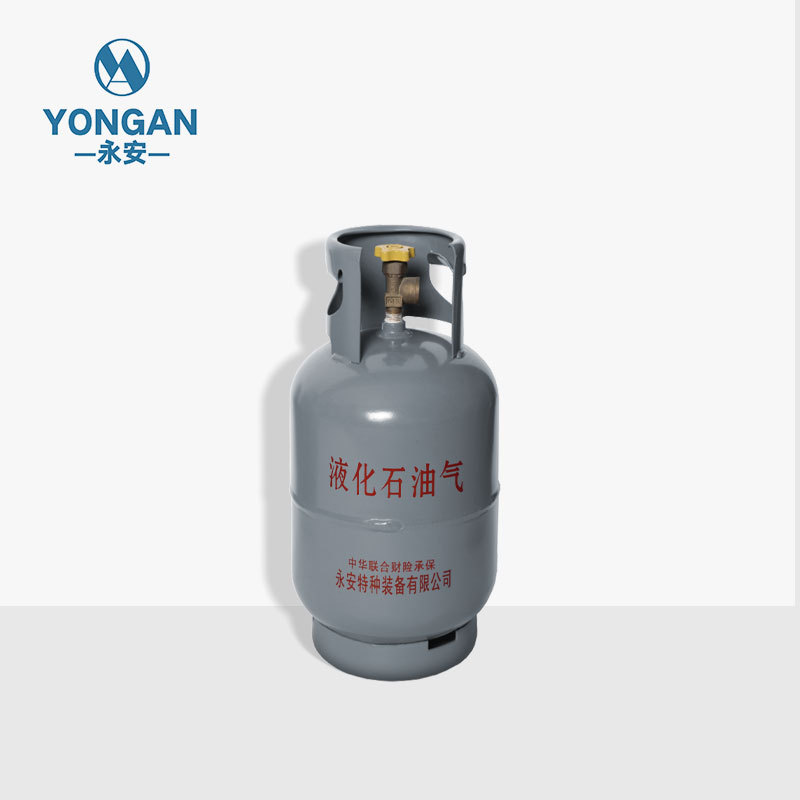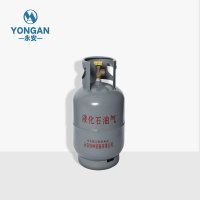
23.9L 10KG Refillable Empty LPG Gas Cylinder
Liquefied petroleum gas is a by-product of petroleum extraction and processing. A colorless gas and liquid mixture mainly composed of propane, propylene, butane, and butene, which is originally odorless. But when we use liquefied petroleum gas in our daily life, we often smell a pungent smell, which is because of the addition of "odor" for the safety of use. Odorization of liquefied petroleum gas helps people detect and take measures in time when liquefied petroleum gas leaks.
Liquefied petroleum gas is flammable and explosive, and its explosion limit is 1.5% to 9.5%. When the concentration of liquefied petroleum gas is within this range, even if there is no open flame, it will explode when encountering a certain amount of energy.
- YA
- Shandong Province, China
- About 20 days after receive orders
- 300000pcs per month
- Information
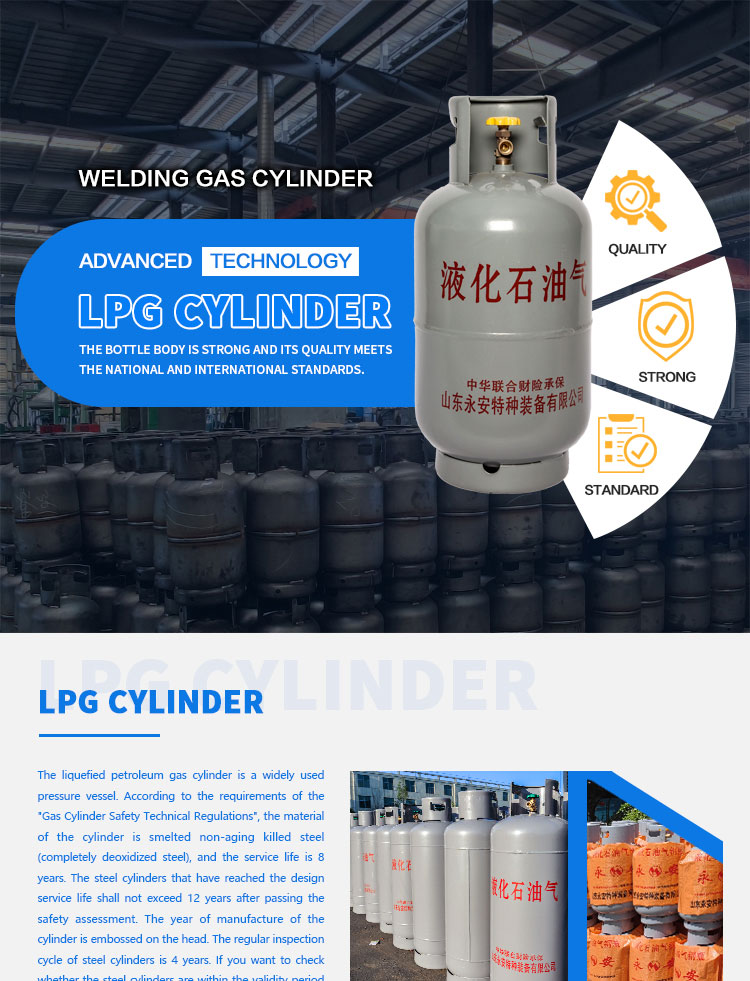
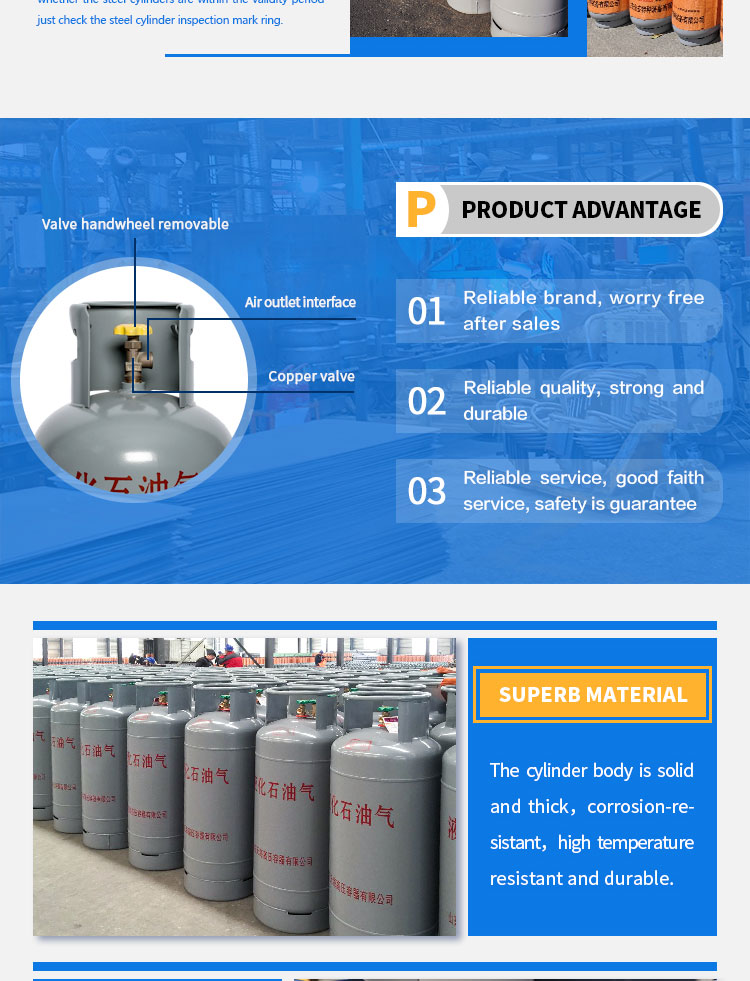
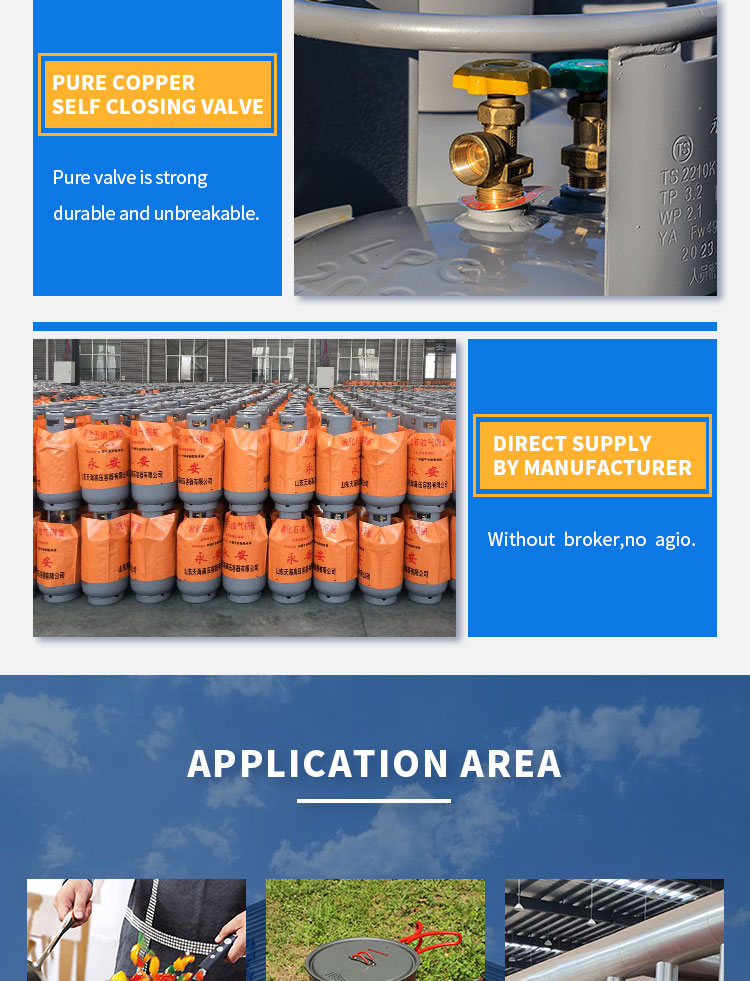

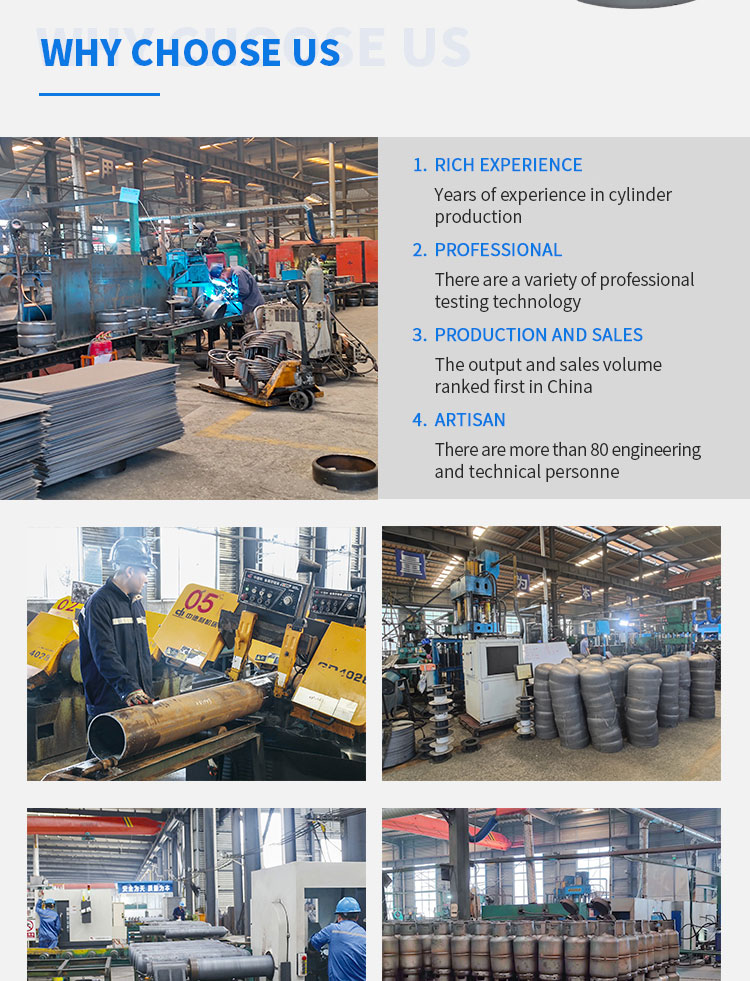
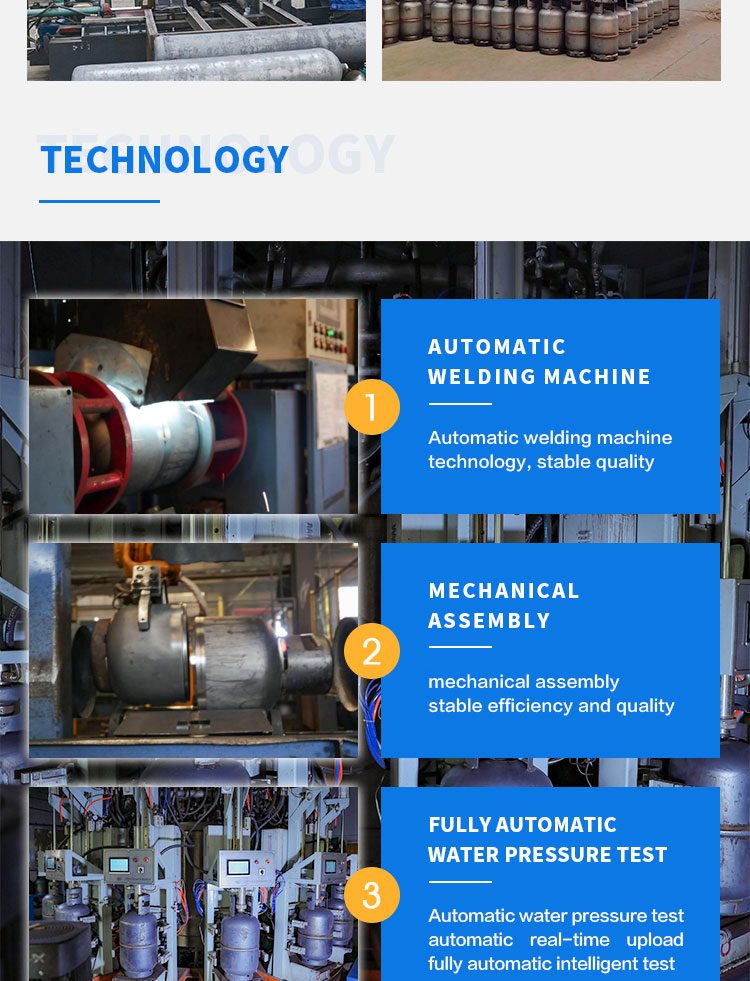
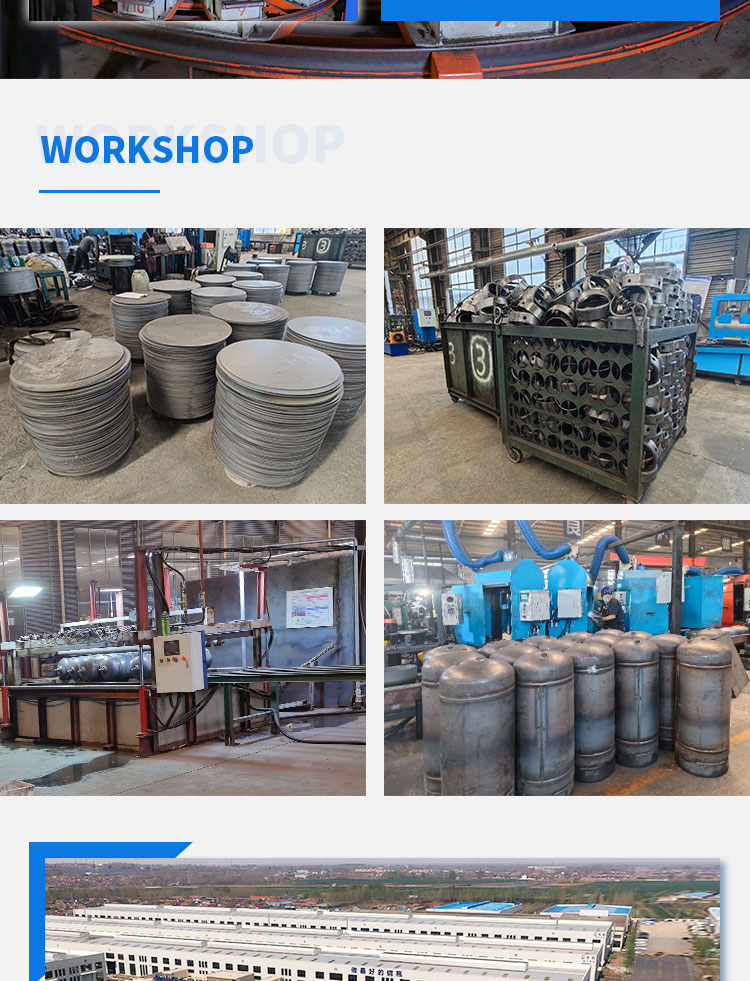
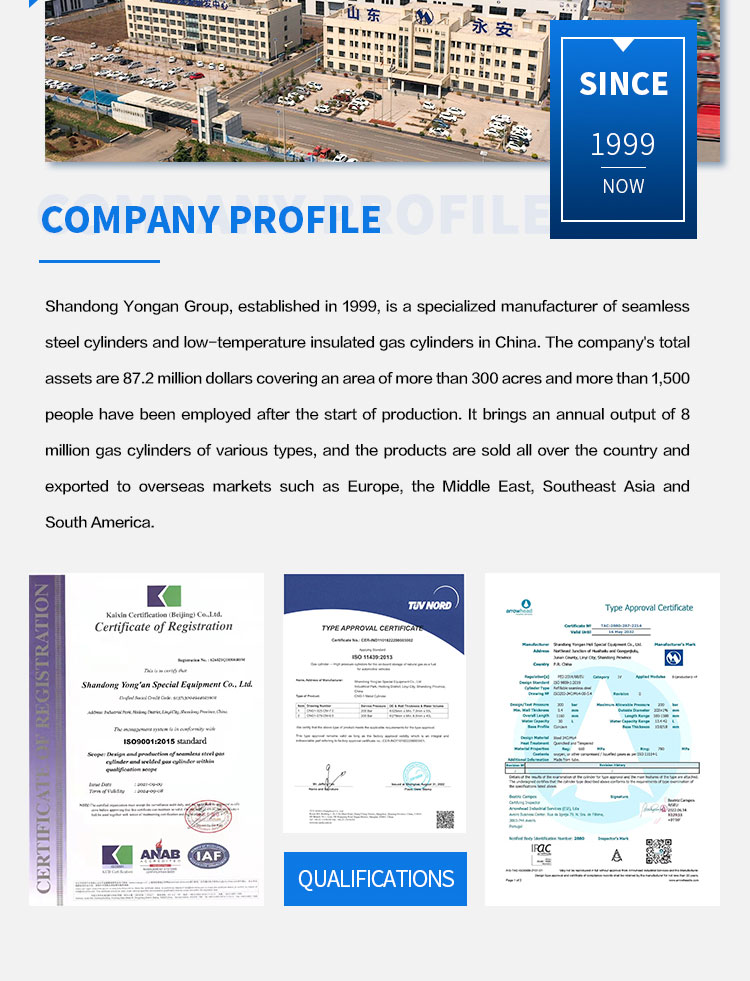
The liquefied petroleum gas cylinder is a widely used pressure vessel. According to the requirements of the "Gas Cylinder Safety Technical Regulations", the material of the cylinder is smelted non-aging killed steel (completely deoxidized steel), and the service life is 8 years. The steel cylinders that have reached the design service life shall not exceed 12 years after passing the safety assessment. The year of manufacture of the cylinder is embossed on the head. The regular inspection cycle of steel cylinders is 4 years. If you want to check whether the steel cylinders are within the validity period, just check the steel cylinder inspection mark ring.
At present, the specifications of liquefied gas cylinders widely used in the market are mainly 15kg and 45kg cylinders. The 15kg steel cylinder is mainly used by residents and small restaurants, and the 45kg steel cylinder is basically used in restaurants, canteens and places that require centralized gas supply.
When using liquefied gas cylinders in daily life, when the angle valve is opened, the liquefied petroleum gas is vaporized through the pressure reducing valve, enters the gas stove through the connecting hose, and is sprayed out from the gas stove nozzle. When vaporizing, it absorbs a lot of heat from the surrounding area. Therefore, when using liquefied gas cylinders, "water droplets" often hang on the cylinders. If the amount is too large for a while, the gasification speed is too fast, and the liquefied gas cylinders may frost.
